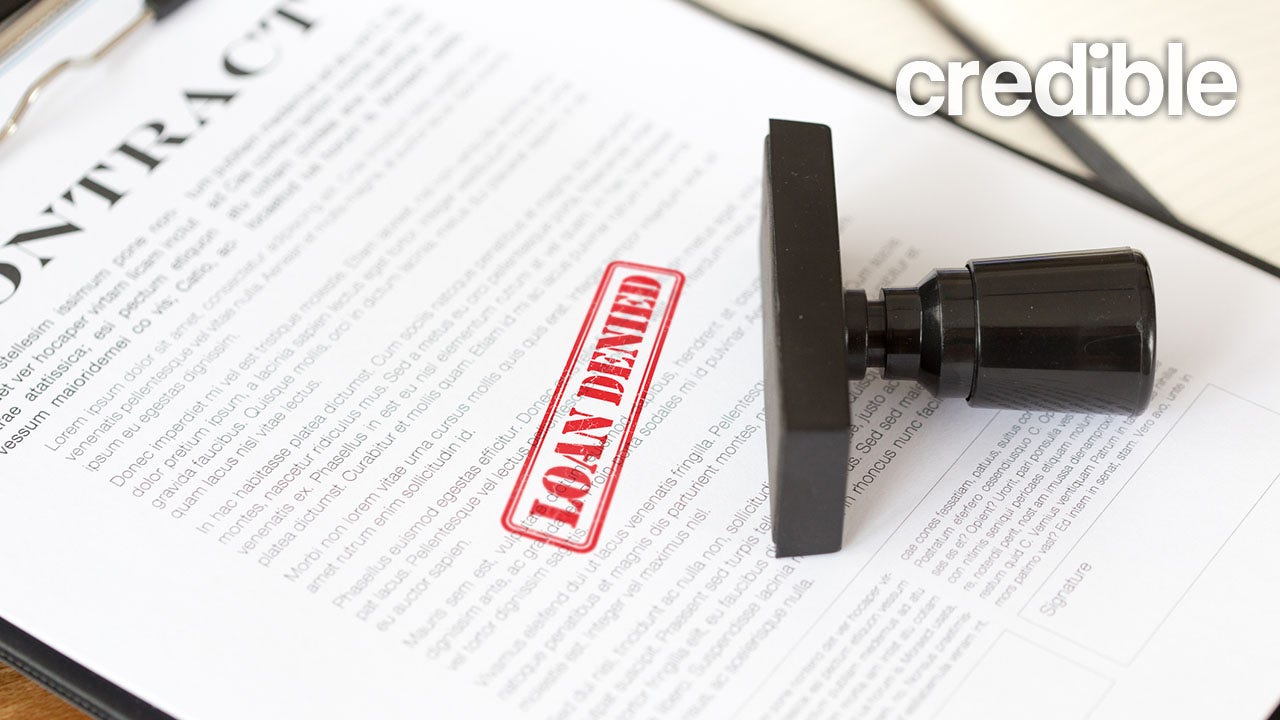When your loan application is rejected, you will need to review your finances and determine where you can improve. (iStock)
Regardless of why you applied for your loan, the process can be a bit nerve-wracking, especially if you’re not sure your lender will approve your application. If your lender refuses your request, you may feel embarrassed or frustrated. Having your loan application rejected may seem awful at the moment, but it can also be a helpful experience.
When a loan application is rejected, you’ll need to review your finances and figure out where you can improve so you won’t have any problems the next time you apply for a loan.
There are many reasons why a lender may refuse your loan application. The most common include:
- A history of late or non-payments
- High credit card balances
- Low income
- Foreclosure
- Bankruptcy
- Not enough credit history
- Accounts in collection
Fortunately, there are things you can do if a lender rejects your loan application.
EVERYTHING YOU NEED TO KNOW ABOUT PERSONAL LOANS
Read your letter of explanation
When a lender denies your loan application, they are required to send you a letter of explanation. In the letter, they will tell you the reasons they gave to finance your loan. Some explanation letters will also include your credit score. Reading the letter can help you identify specific areas you can work on before applying again.
Increase your credit score
One of the best ways to encourage lenders to approve your loan application is to improve your credit score. Your credit score is a quick measure that lenders use to determine how risky it would be to lend you money.
Your credit score is made up of five main components:
- Payment history
- Use of credit (debt-income)
- Credit age
- New credit
- Credit mix
Your payment history and credit usage make up about 70% of your total score. You can have the biggest impact on your credit score by paying off your debts on time and reducing the amount of debt you have compared to the amount you have. The Consumer Financial Protection Bureau (CFPB) provides a form you can use to determine your debt-to-income ratio. The CFPB also recommends that individuals keep their debt-to-equity ratio between 15-20%, although people with mortgages can reach 36% and maintain a healthy credit score.
SHOULD YOU GET A PERSONAL LOAN TO PAY OFF CREDIT CARD DEBT?
Save a larger down payment
Lenders may be willing to give you a loan if you can provide a larger down payment. Offering a larger down payment reduces the loan amount, which could make it easier for you to qualify. A larger down payment can be helpful if you have a lower income or a higher than recommended debt ratio.
Ask someone to co-sign
If you don’t qualify for a loan on your own, you may be able to get a loan if you have someone willing to co-sign. The person who co-signs the loan enters into a legally binding agreement to assume responsibility for the debt if you cannot or do not pay the lender. Your co-signer would need good or excellent credit and would be willing to take responsibility for the loan if you don’t meet your repayment obligations.
Wait to reapply
Don’t just apply for another loan immediately after a refusal. Too many serious inquiries on your credit report can cause your score to drop, making it harder to get approved by a lender.
Although a loan rejection is frustrating, it doesn’t have to be a long-term problem. Take the time to improve your credit score, reduce your debt, and save a bigger down payment, so you’ll be ready the next time you apply.

